
Read the latest Issue
Thomas Haize talks about his passion for the ocean, what TREC means to him, a day in the field, and the captivating beauty of underwater photography
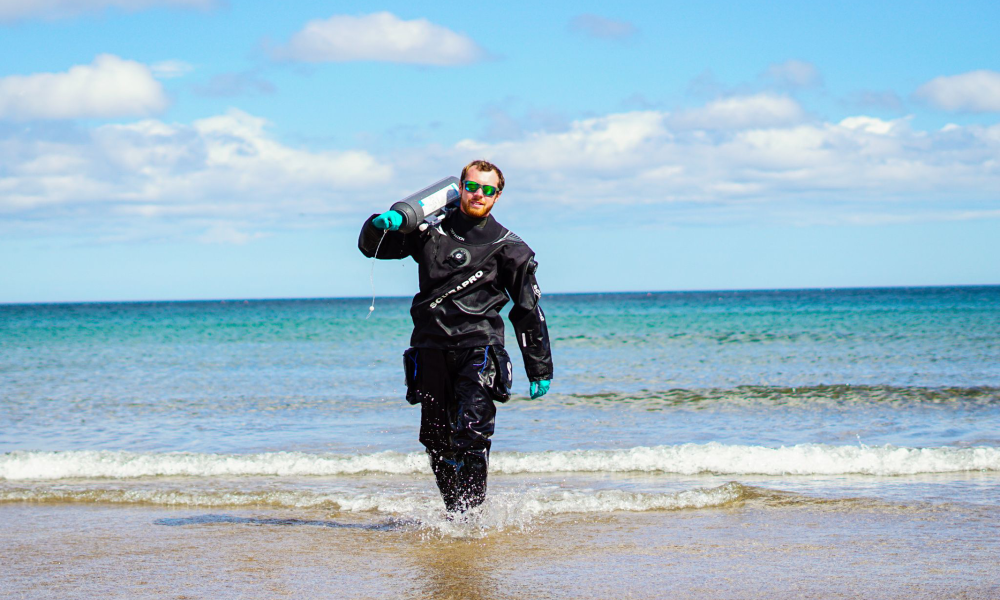
The TREC team is truly multidisciplinary. To succeed, the project requires individuals with a diverse range of knowledge and skills, often with qualifications that deviate from the usual CVs of our EMBL colleagues.
Thomas Haize is one of them. As a TREC Expedition Field Technician, Thomas Haize plays a crucial role in the team’s journeys along the coast of Europe. His expertise in sediment dynamics and hydrobiology have proven to be significant assets for the TREC team.
In this interview, he talks about his passion and motivation, a day in the life of a member of the TREC sampling team, his hobbies, and his love for the ocean.
Within the project, my main responsibility centres around the sampling of sediments, but I also actively participate in the sampling of shallow waters and more general organisational and coordination activities.
In addition to field sampling, I have been actively involved in the development of the sediment collection protocol, both for superficial sediments and paleocores. Given the scope of our study – 120 distinct sites with varying characteristics, including urban, port, touristic, agricultural, pristine, and river output sites, it has been crucial to our research that we ensure a consistent protocol that can be universally applied while remaining adaptable to unforeseen circumstances.
With TREC, we sample along the European coastline, moving from one institute (local partner) to the next with all our equipment, a mobile lab, and a small fleet of vehicles. Once we arrive at a partner institute, we are generally provided with a designated room to unpack and organise our equipment. After setting up the mobile lab and the filtration van, we take time to visit and inspect the sampling sites and hold meetings with all the team members and local collaborators to ensure everything is in order and to decide on the start time for the next day’s fieldwork, which usually begins early in the morning, to allow flexibility in case any issues arise.
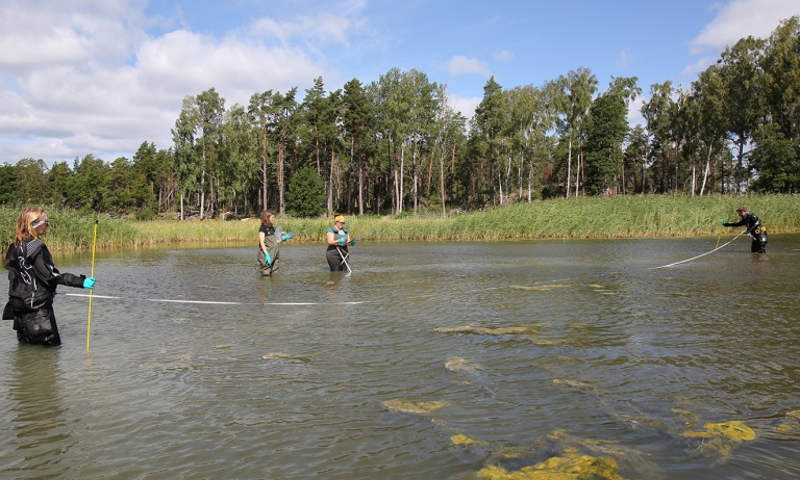
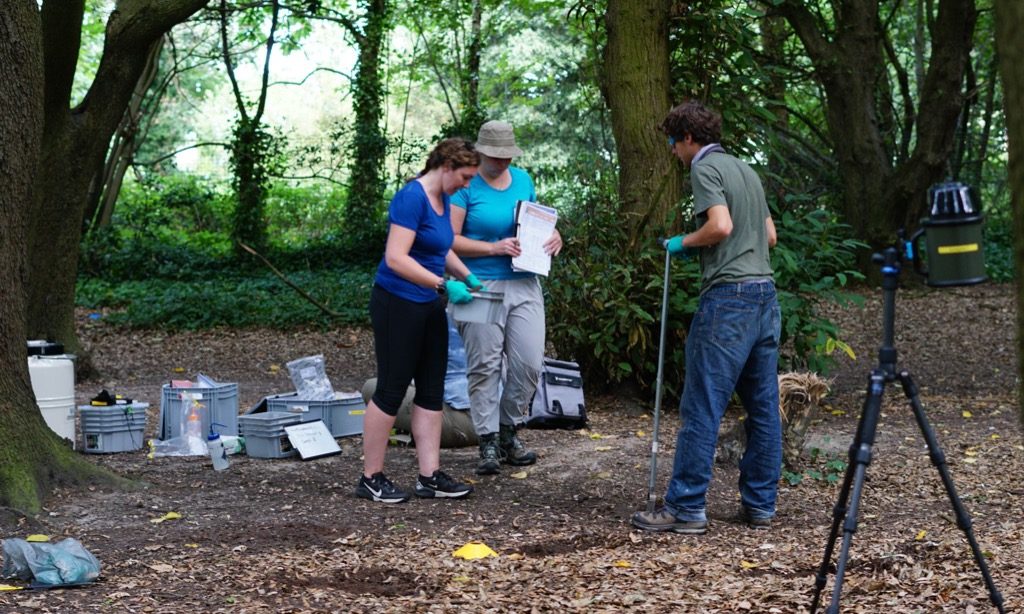
On sampling days, our sampling team of eight to 10 members drives to the site. We are divided into two groups: one group focused on aerosol and soil sampling, and the other handling shallow water and sediment tasks. The day starts with water and sediment sampling, with the sediment team later assisting the soil team. But the day doesn’t end there; we have to clean our equipment to avoid corrosion and damage and prepare for the next sampling.
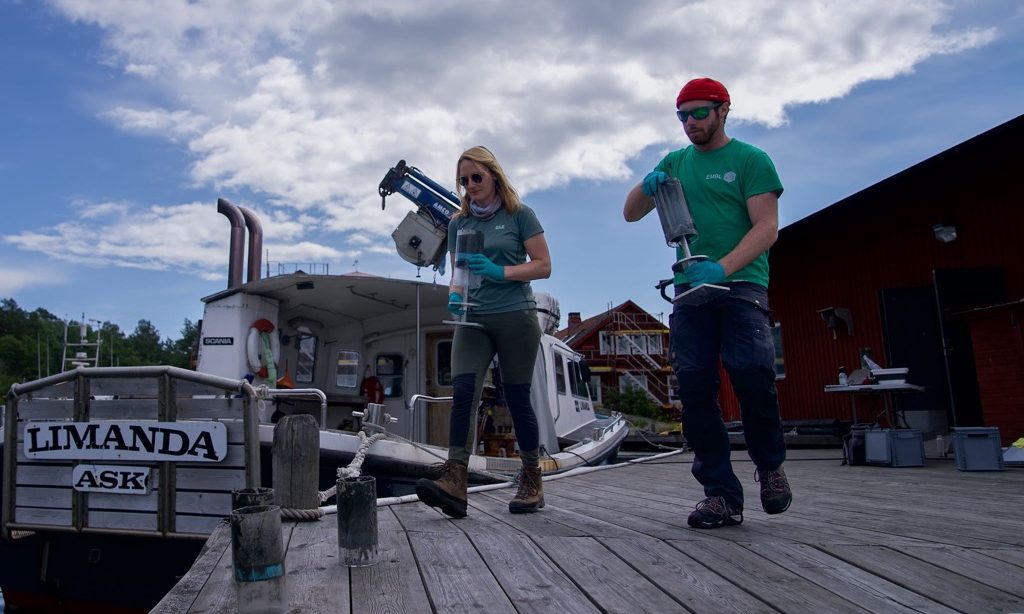
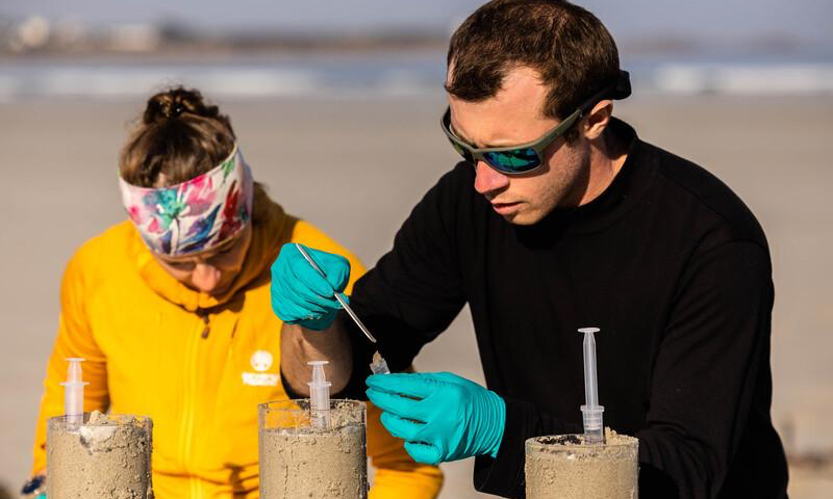
When we get back to the laboratory of the host marine station after sampling, we divide into three teams. One team dedicates time to clean the van used for processing water in the field. Another team is responsible for the post-processing of the collected samples, and the third team organises the next sampling day, which includes cleaning the material used.
The first challenge is collecting the samples, given the variability of the fields encountered. Obtaining permits to sample is crucial with sometimes lots of challenges. For local authorities, it is important to protect and have visibility and control over what happens with the coastal habitats, and that is encouraging to see! That is why they require thorough documentation before any sampling activity is authorised. Even when we secure permits well in advance and plan ahead, the conditions upon arrival may force us to adjust our sampling location by as little as 50 metres, which might require a new set of authorisation and permits. Luckily, this doesn’t happen often.
Another challenge arises when we have to sample in remote or protected areas where direct car access is restricted. An example of this was the stop in Normandy, France, which was within a protected region. Parking within that area is not permitted, so we had to walk around 800 metres with heavy and bulky equipment.
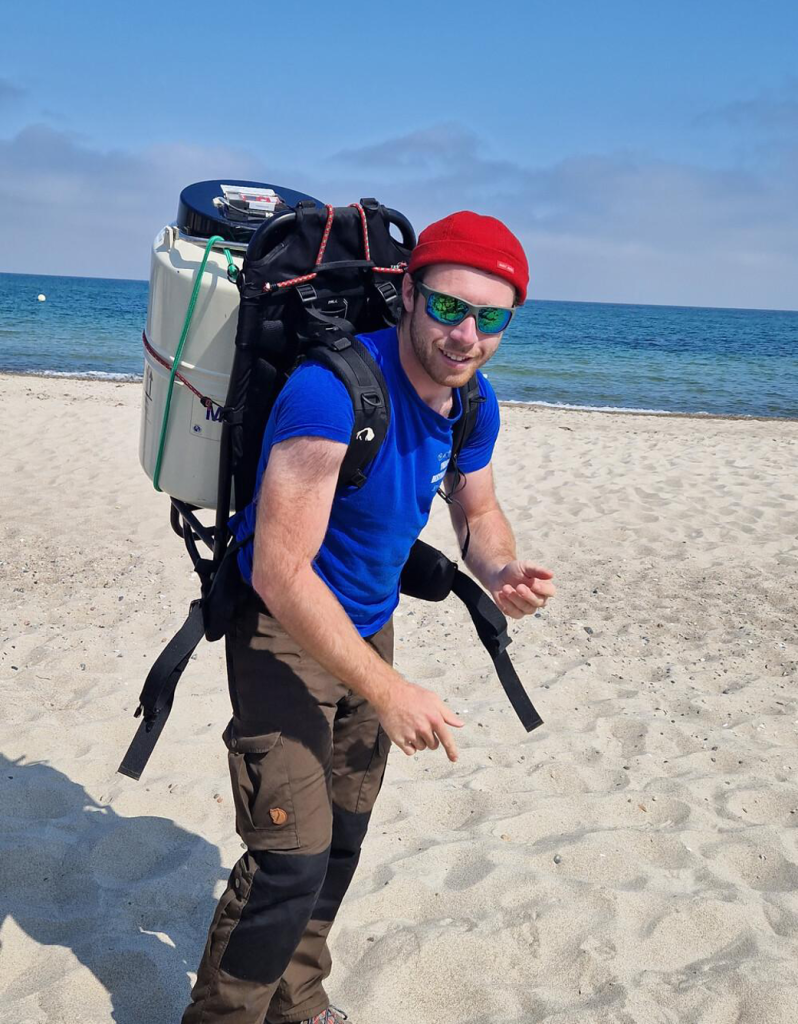
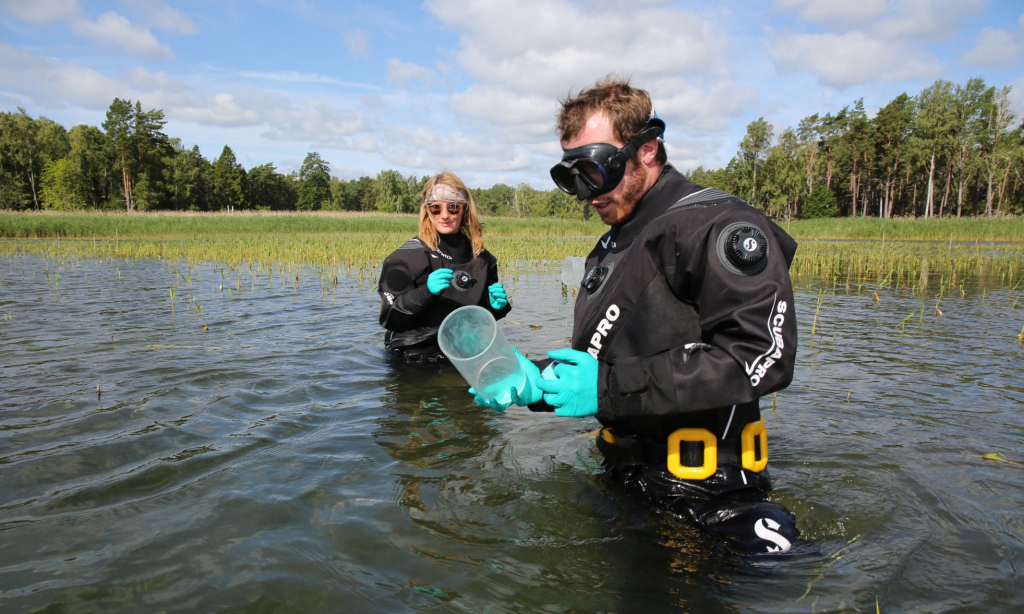
For me, the time spent on the road is not an issue; in fact, it brings me great pleasure as it allows me to work in close proximity to the ocean almost every day. And this is something I genuinely love. Fortunately, my friends also share this passion, as does my family.
When I have time off, I try to be close to the ocean too. We share a boat with my father, and we go fishing together.
My journey began in France in 2017 as an oceanographer, where I studied the human impact on the French coast. After that, I went to New Caledonia in the Pacific where I spent a year and a half focusing on diverse research topics, such as coral genetics, aquaculture, and marine impacts.
In the meantime, around two years ago, I decided to get trained in scientific diving. Through this training, I gained skills in professional diving and learned the necessary protocols for sampling in the ocean without damaging the ecosystems. This training also helped me to develop the skills that I need right now for my role in the TREC expedition.
What has impacted me during my work at EMBL is the scientific level, the size of the institute, and its state-of-the-art infrastructure. Additionally, the emphasis on safety has been truly impressive. If something is needed in terms of safety, the team doesn’t hesitate. It is a real pleasure to work with the principle: “safety first”.
First and foremost, having the privilege of being close to the ocean. Moreover, the opportunity to travel extensively throughout Europe and the possibility to connect with a multitude of people and have a lot of interesting scientific conversations and discussions about different topics.
The most exciting thing about this project for me is the potential for numerous discoveries and a deeper understanding of our actions and their impact on the water-land interface. The real novelty of TREC is the integration of different biomes (aerosol, soil, sediments, and waters) which is a real dream for me given my passion and expertise in both water and sediment analyses. These outcomes may take time to materialise, but I hope that this project will play a significant role in increasing our understanding of the coastal ecosystem to safeguard it and improve its conservation.
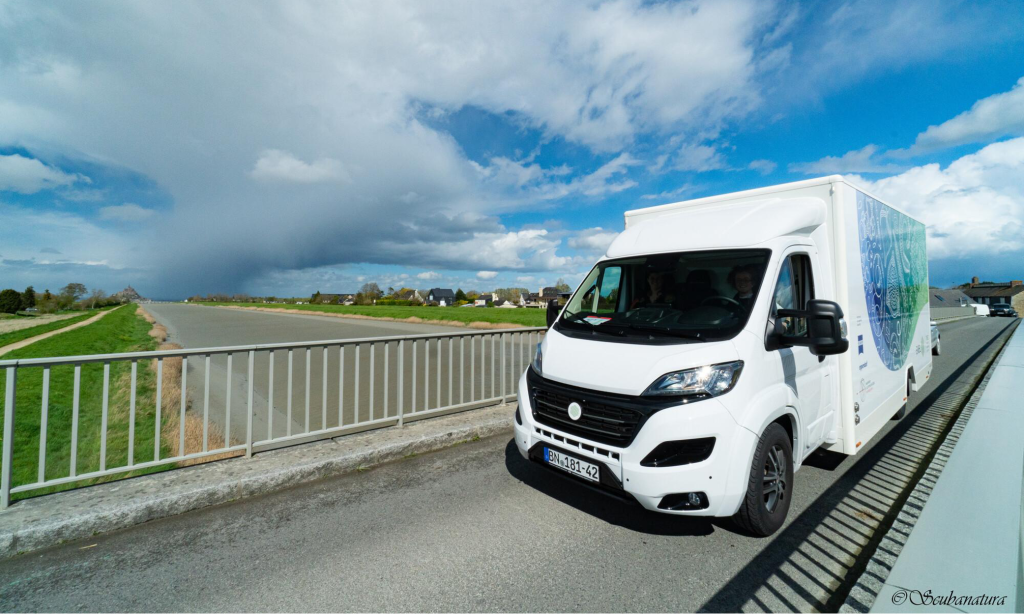
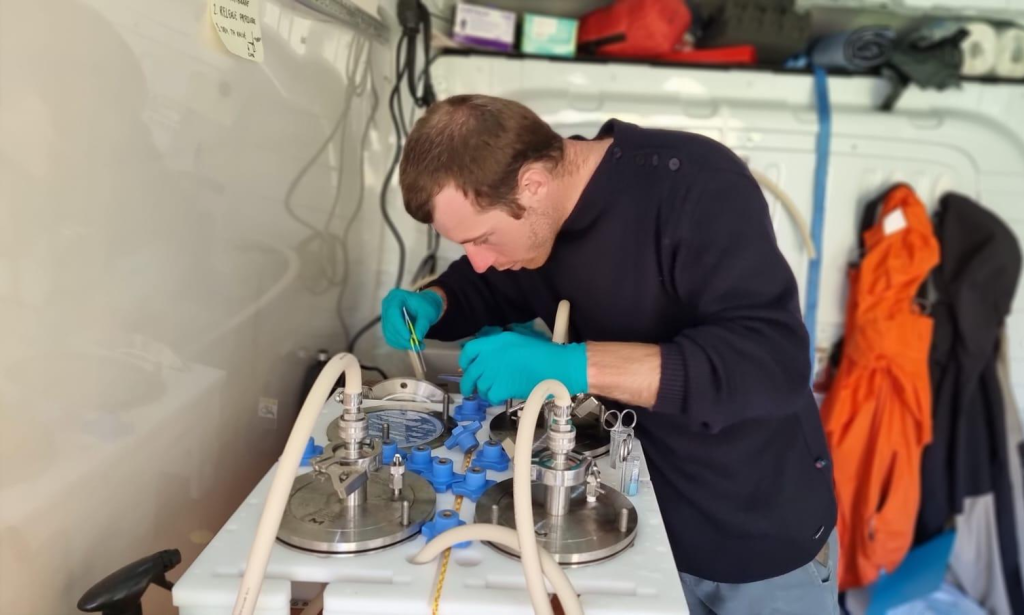
My passion for the ocean and marine life has stimulated my curiosity and my will for learning more about this wonderful world. That’s why I became a scientific diver and an underwater photographer. The ocean holds a special place in my heart, and I firmly believe that understanding it is crucial for protecting its future.
I grew up with the ocean by my side in Le Havre, a major industrial town in Normandy, so I have always been committed to understanding the impact of industrial activities on the coastal ocean. While we try to avoid it, there is always impact from the industry. This is the reason why I want to protect and understand the ocean.
Yes, underwater photography is one of my passions and occupies a considerable portion of my spare time after work.
I took one of my favourite pictures just before leaving New Caledonia during my last dive near a remote island. There is almost nothing on that island – just one road – and it is inhabited by only a few tribes. This is the marine life where humans have almost no impact, quite a different scenario from the Le Havre in Normandy! The way of life of local populations is very simple and they have a profound respect and protection for marine life.
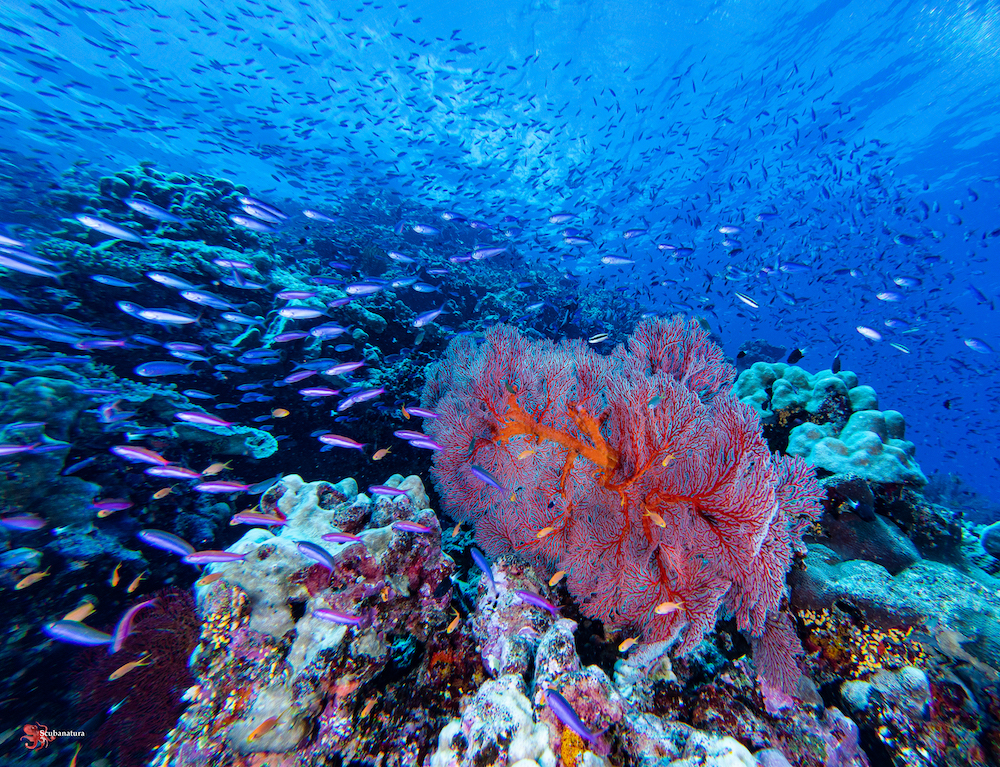
In this picture you can see a lot of coral and about a thousand fish that swam in front of me at that moment. There is just natural light. I refrain from altering this picture because it shows nature, the way we see it in reality, and it is just amazing.
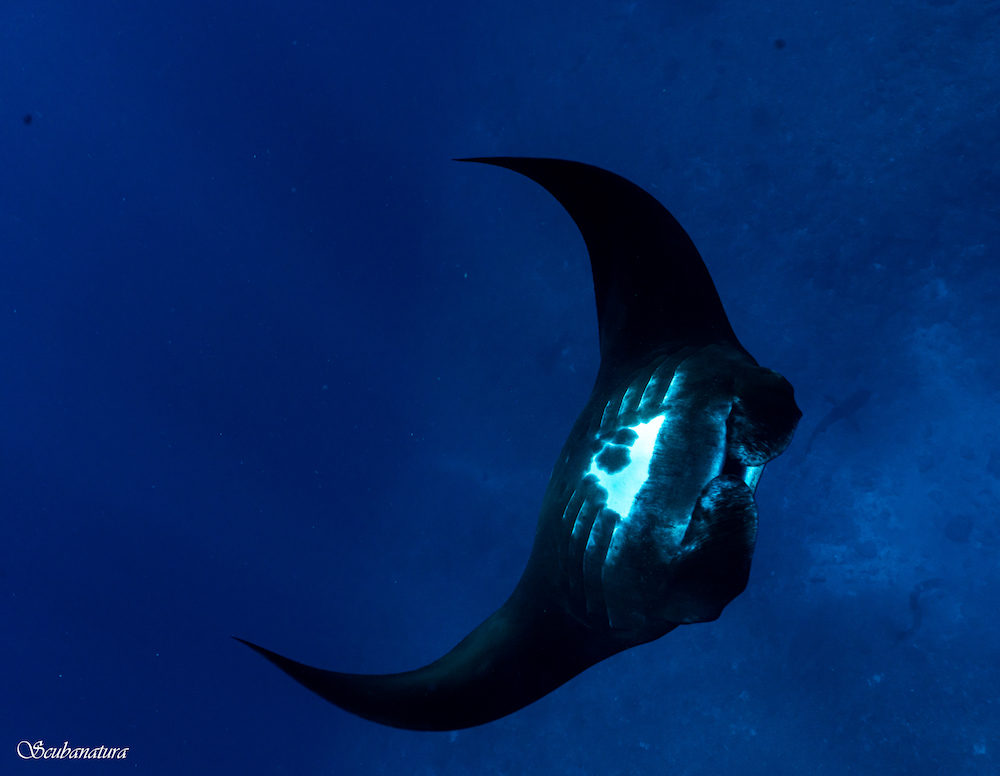
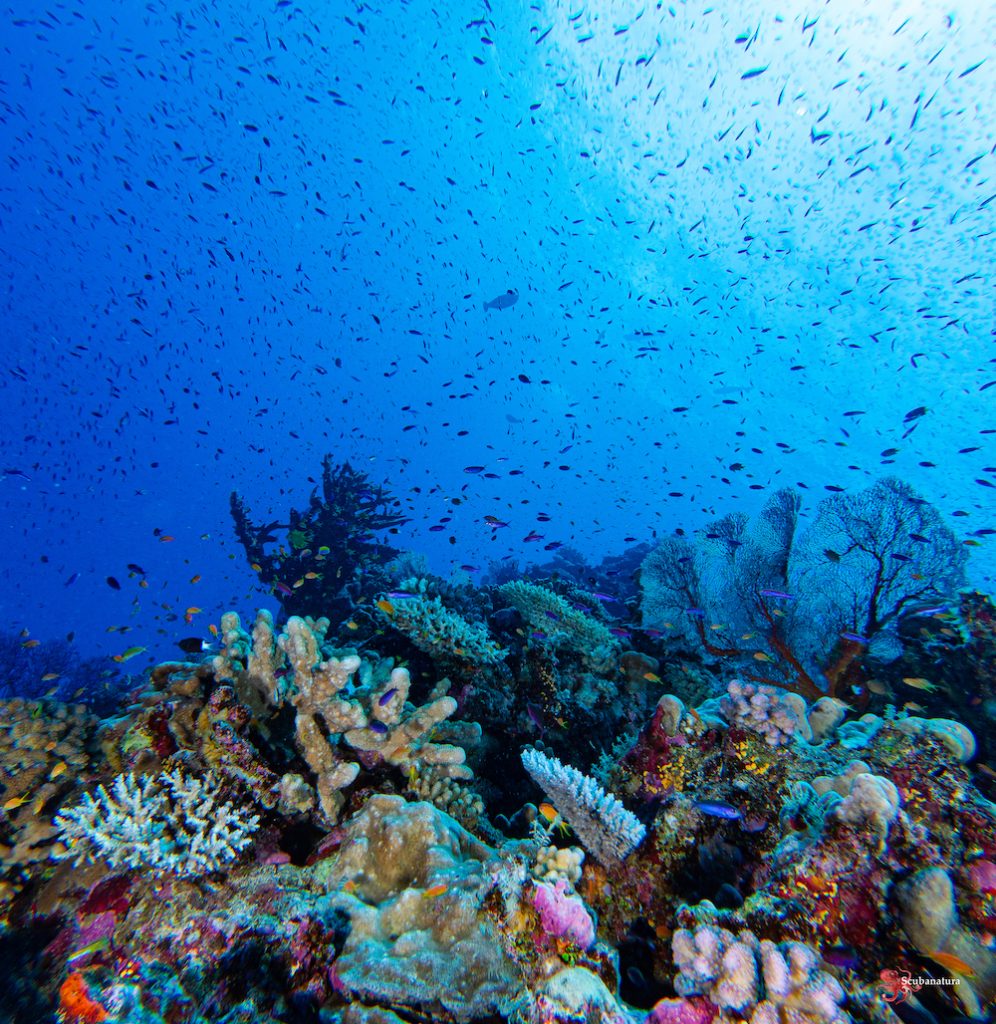
Read more about TREC.
Looking for past print editions of EMBLetc.? Browse our archive, going back 20 years.
EMBLetc. archive